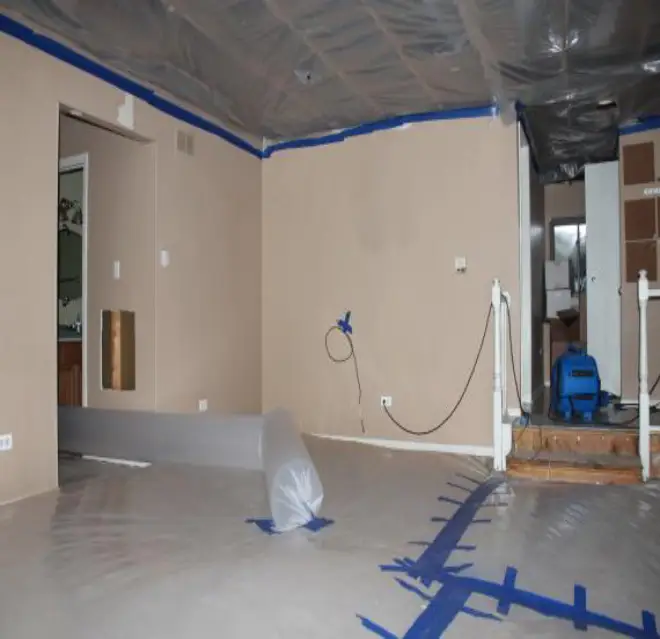If your home has recently suffered water damage or a water-related disaster, determining the classes of water loss is an important step in beginning water damage restoration. Identifying the classes of water loss enables restoration professionals to formulate a plan based on your home's specific needs.

Categories of Water Damage
In addition to identifying the classes of water loss, it is also important to identify the state of the water affecting the damaged materials. Simply put, how clean or dirty is it? There are three categories of water damage:
Category 1: Sanitary Liquids
These liquids are from sanitary sources such as faucets and toilet tanks, but they can quickly degrade into category two liquids.
Category 2: Grey Water
These liquids come from sources such as dishwashers, washing machines, sink drains, and toilet overflow (urine only), and contain contaminants that may cause illness or discomfort if ingested.
Category 3: Black Water
These grossly unsanitary liquids include sewage backup, feces-contaminated toilet overflow, flooding from rivers or streams, and bacteria-laden stagnant liquid, which can cause severe illness or death if ingested.
Giving your Rainbow Restoration® technician accurate information about the water damage in your home ensures your restoration team will bring with it the right tools and expertise for restoring your home to its pre-damaged state. For a speedy, safe resolution to water damage to your home, contact Rainbow Restoration. RainbowRestoration is IICRC (Institute of Inspection, Cleaning and Restoration Certification) certified and is on-call 24 hours a day, 7 days a week to help get your home and your life back on track following damage from water, fire, smoke, mold, and more.
